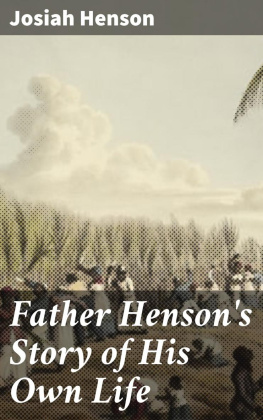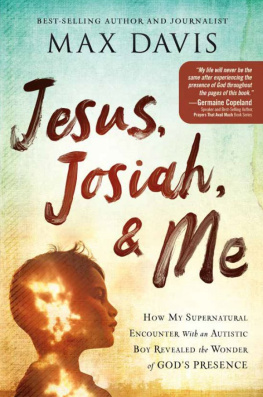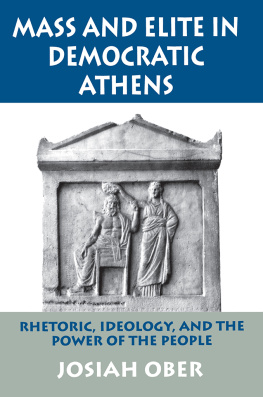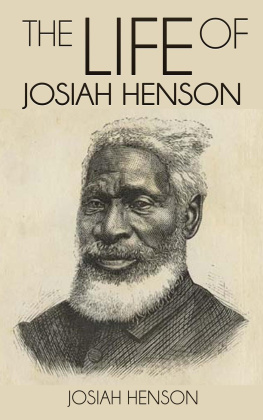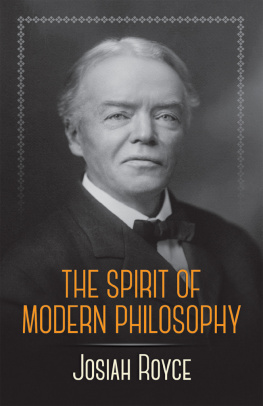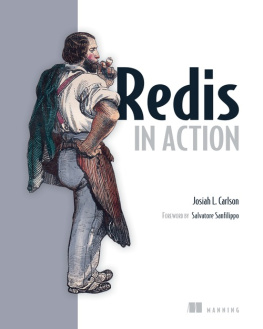Working
for Freedom
The Story of
Josiah Henson
Stories of Ganada
Working
for Freedom
The Story of
Josiah Henson
by
Rona Arato
Series Editor: Allister Thompson

Napoleon Publishing
Text copyright 2008 by Rona Arato
Cover art and interior sketches 2008 by Chrissie Wysotski
All rights in this book are reserved. No part of this publication may be
reproduced, stored in a retrieval system or transmitted, in any form
or by any means, digital, mechanical, photocopying or
otherwise, without the prior written consent of the publisher.
Napoleon Publishing
an imprint of Napoleon & Company
Toronto, Ontario, Canada
napoleonandcompany.com

Napoleon & Company acknowledges the support of the Canada Council for our publishing program.
The publication of Working for Freedom has been supported
by the Government of Canada through the
Book Publishing Industry Development Program.
Printed in Canada
Library and Archives Canada Cataloguing in Publication
Arato, Rona
Working for freedom : the story of Josiah Henson / Rona Arato.
(Stories of Canada)
Includes bibliographical references and index.
ISBN 978-1-894917-50-6
1. Henson, Josiah, 1789-1883--Juvenile literature. 2. Slaves--United States--Biography--Juvenile literature. 3. Fugitive slaves--United States--Biography--Juvenile literature. 4. Fugitive slaves--Canada--Biography--Juvenile literature. 5. Blacks--Canada--Biography--Juvenile literature. 6. Clergy--Canada--Biography--Juvenile literature. 7. Underground Railroad--Canada--Juvenile literature. I. Title. I. Series.
E444.H526A73 2008 j973.7115092 C2008-905631-0
Table of Contents


Cruel Beginnings
Imagine being owned by another human being. You are that persons property, like their horse or mule. Your owner tells you when and where to work, what to wear and eat, and where to sleep. Often you do not have enough food but are made to work long hours in the scorching sun. You can be beaten for the slightest reason and sold to a new owner, so that you never see your family again.
An Evil Institution
Slavery formed an important part of the Southern economy. Most slaves worked on plantations, where they performed back-breaking tasks in the fields from dawn to dusk. Since slaves were not paid and were given only the barest of necessities, plantation owners were able to sell their crops for good profits. When slaves had children, those children too became slaves. Since slaves were counted as valuable property, their children added to a plantation owners wealth.
Josiah Henson was born a slave. At that time, slavery was legal and practiced mostly in the southern United States. People were strictly divided based on the colour of their skin. White people were slave owners, and Black people were slaves. From his early years, life was hard for Josiah. With little food in his stomach, he was forced to work in the fields like an animal. Yet he rose above his cruel beginnings to become a learned and respected man.
After escaping to Canada with his family, Josiah returned south time and again, risking his life, to lead other slaves to freedom in Ontario. He helped found the town of Dawn, so that they would have a place to live, and he helped them adjust to their new lives. As slaves, they had always been told what to do; now they had to learn how to think for themselves and make their own living. Because Josiah believed that they would become independent only thorough education and skilled work, he built a sawmill, and founded Canadas first vocational school at the Dawn settlement.

African slaves were forced into crowded, unsanitary conditions on slave ships bound for the Americas.

A Slaves Life
Josiah Henson was born about 1789, on a Maryland plantation. His mother Celia had been hired out by her owner, Dr. McPherson, to the plantations owner, Francis Newman. Celia met her husband on the plantation, and the couple had six children. When Josiah was still a small child, the overseer (the man in charge of the slaves) set him to work carrying buckets of water to men in the fields. Josiahs other task was to hold a horse-drawn plough that the men used for weeding between the rows of corn. As Josiah grew older and stronger, the overseer gave him a hoe and told him he was ready to do the full days work of a man.
Josiah describes his live as a slave
Like all slaves, every aspect of Josiahs life was regulated by his owner. In his autobiography, Josiah described the living conditions this way:
...The principal food consisted of corn-meal and salt herring; to which was added in summer a little buttermilk, and the few vegetables which each might raise for himself and his family. Our dress was of tow-cloth; for the children, nothing but a shirt; for the older ones, a pair of pantaloons or a gown in addition, according to the sex. In the winter a round jacket or overcoat, a wool hat once in two or three years for the males, and a pair of coarse shoes once a year.
We lodged in log huts, and on the bare ground, huddled, like cattle, ten or a dozen persons, men, women and children. Our beds were collections of straw and old rags, thrown down in the corners and boxed in with boards; a single blanket the only covering. Our favourite way of sleeping, however, was on a plank, our heads raised on an old jacket and our feet toasting before the smouldering fire. The wind whistled, and the rain and snow blew in through the cracks, and the damp earth soaked in the moisture till the floor was miry as a pig-sty. Such were our houses. In these wretched hovels were we penned at night, and fed by day; here were the children born and the sickneglected.

A family of African Americans outside former slave quarters in the early twentieth century

Scenes from slaves lives, taken from the book Uncle Toms Cabin
Life in the slave quarters was hard. Slaves lived in leaky cabins and slept on the floor with only a thin blanket for a cover. They received no money and were given only scraps of food to eat and rags to wear. Yet many of them managed to find pleasure in their families and friends, and in making music.


